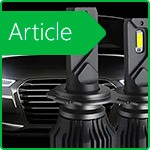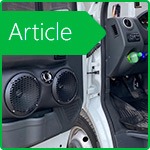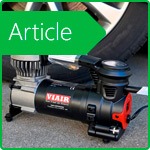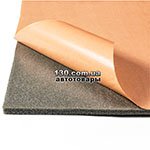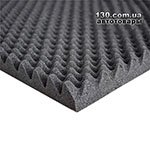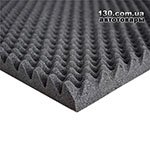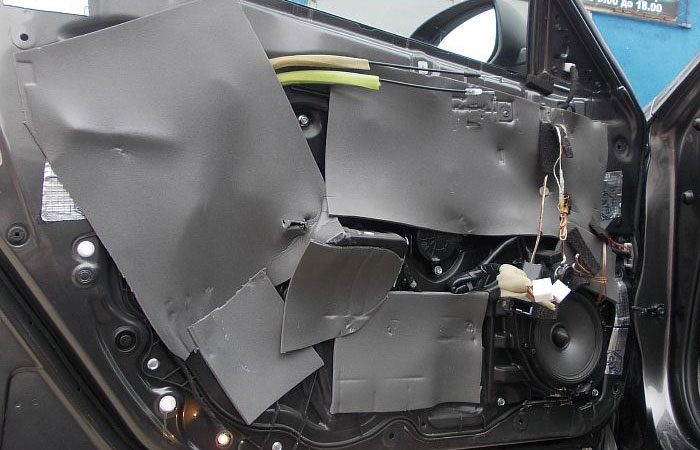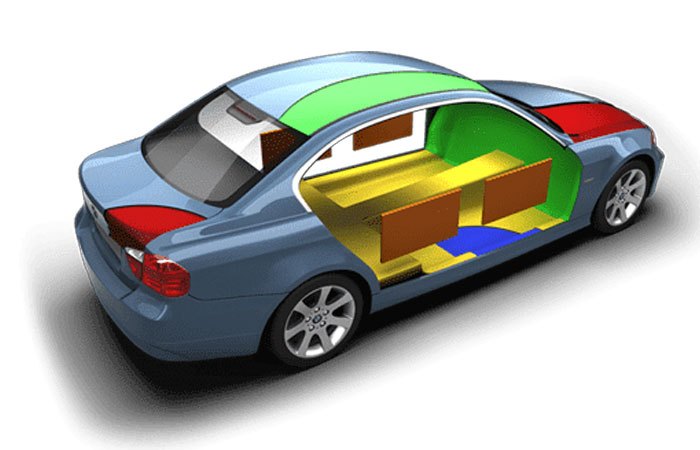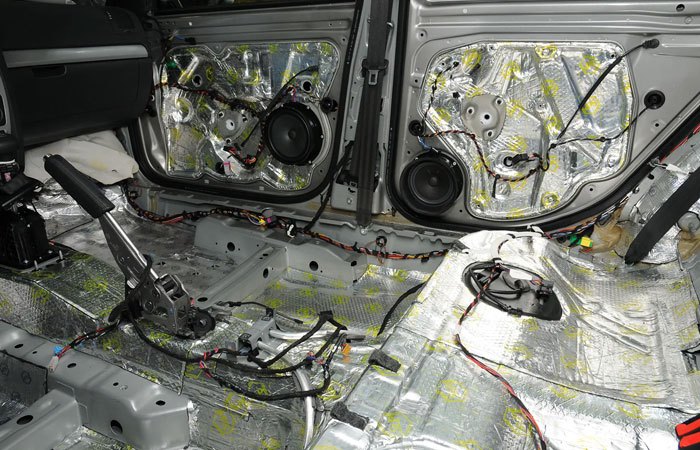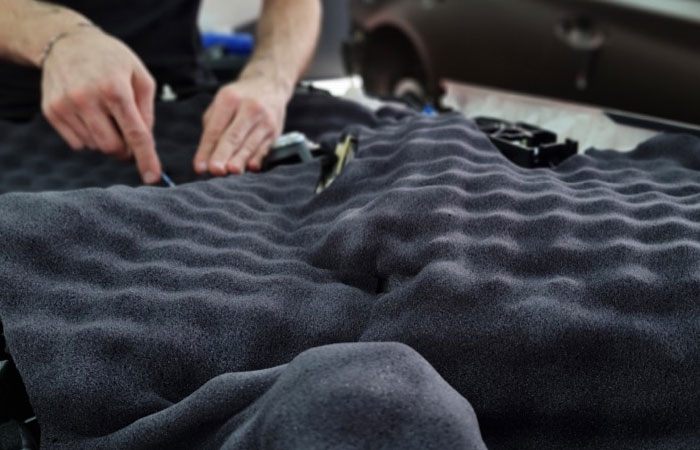Full or Partial Soundproofing: How to Choose the Right Approach?
Car soundproofing is one of the most effective ways to improve driving comfort. With proper treatment of the vehicle body, you can significantly reduce cabin noise, enhance audio quality, and even extend the lifespan of some interior components. But is it worth investing in full soundproofing, or is partial treatment enough? Let’s explore how to make the right decision based on your budget, goals, and vehicle type.
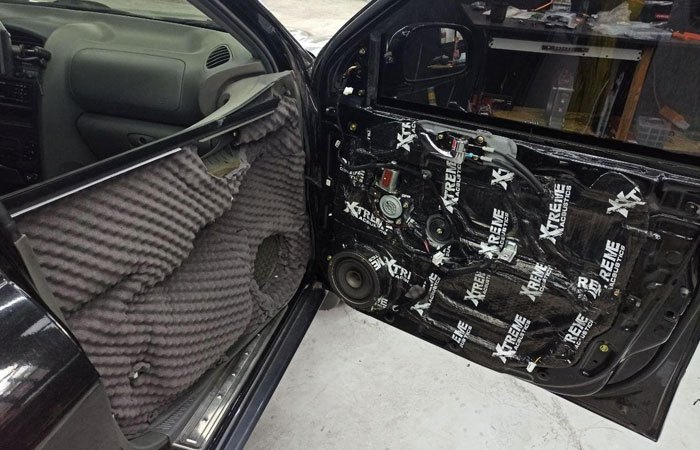
What is full vehicle soundproofing?
Full soundproofing involves comprehensive treatment of nearly all body surfaces. It’s a labor-intensive and costly process, but it provides maximum results. Typically, full soundproofing includes the following zones:
- Floor — one of the most noise-loaded areas. It transmits road hum, suspension, and drivetrain vibrations.
- Wheel arches — the main source of impact noise from gravel, water, sand, and tires at high speeds.
- Doors — essential for both soundproofing and acoustics. Speaker performance improves, and rattling is eliminated.
- Roof — especially helpful during rain or highway driving; reduces echo inside the cabin.
- Hood — helps block engine noise, particularly in diesel vehicles.
- Trunk — often overlooked but important. Transmits suspension hum and empty space resonance, especially in hatchbacks and wagons.
Full soundproofing requires two types of materials: vibration dampers (e.g., bitumen or rubber mats) and sound absorbers (foam polymers, felt, polyurethane). Typically, vibration insulation is applied as the first layer, followed by the sound-absorbing material.
When is partial soundproofing enough?
Partial soundproofing focuses on treating only specific body zones where noise is most noticeable. This approach is more affordable, requires less time, and is suitable for DIY. It’s especially useful for new car owners who want to test the effect before committing to a full installation.
Most common areas for partial soundproofing:
- Doors — reduce rattling, improve soundstage, and cut wind noise.
- Wheel arches — especially important during fall and winter when gravel and dirt amplify road noise.
- Floor under the feet — treated from the cabin side. Reduces vibration and general hum during driving.
- Hood — often treated with heat-resistant acoustic insulation, ideal for urban driving.
Even partial soundproofing can reduce cabin noise by 2–6 dB, which is already noticeable for the driver. It also helps localize noise sources — for example, loud hum from the wheel area.
How to choose: partial or full?
The decision depends on three key factors:
- Budget. Partial soundproofing is 2–3 times cheaper than full.
- Priority zones. If the noise source is clearly localized (e.g., wheel arches), there’s no need to insulate the entire vehicle.
- Goal. For long trips or powerful audio systems, full insulation is the better option.
Comparison table by goal:
| Goal | Recommended zones | Type of soundproofing |
|---|---|---|
| Reduce tire and suspension hum | Wheel arches + floor | Partial |
| Improve music sound quality | Doors + trunk | Partial or full |
| Eliminate rattling and “hollow” sound | Doors + roof | Partial |
| Maximum comfort and quiet | Entire body | Full |
How much does soundproofing cost?
Prices for soundproofing work vary depending on the vehicle, materials used, and coverage area:
- Door treatment — from 2,000 UAH for a material set;
- Wheel arches — from 1,500 UAH (inner + outer);
- Cabin floor — from 2,500 UAH;
- Roof or hood — from 1,000 UAH;
- Full vehicle soundproofing — from 12,000 UAH and up.
At 130.com.ua, you’ll find a wide range of materials — from lightweight acoustic foams to professional vibration dampers. All you need is to choose the zone and select the right thickness and type of material.
Conclusion
Partial soundproofing is a smart solution for specific problems and gradual vehicle upgrades. It’s affordable, DIY-friendly, and really helps reduce noise levels. Full soundproofing is an investment in comfort, especially for vehicles used daily, for long trips, or equipped with high-quality audio systems.
Before choosing, define your goals: eliminating specific noise, improving audio, or achieving a “business-class” level of quiet. Soundproofing isn’t a luxury — it’s a practical way to make every ride quieter and more enjoyable.










